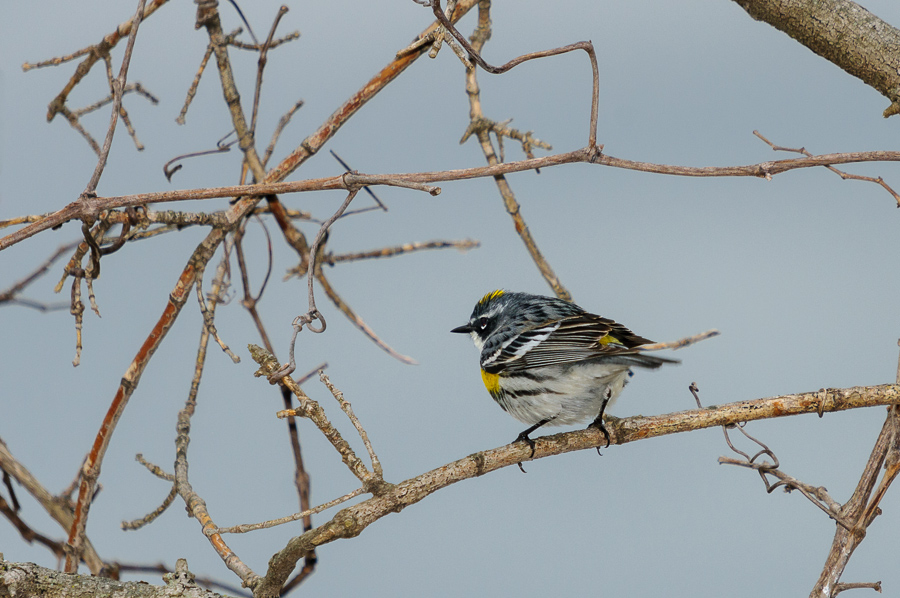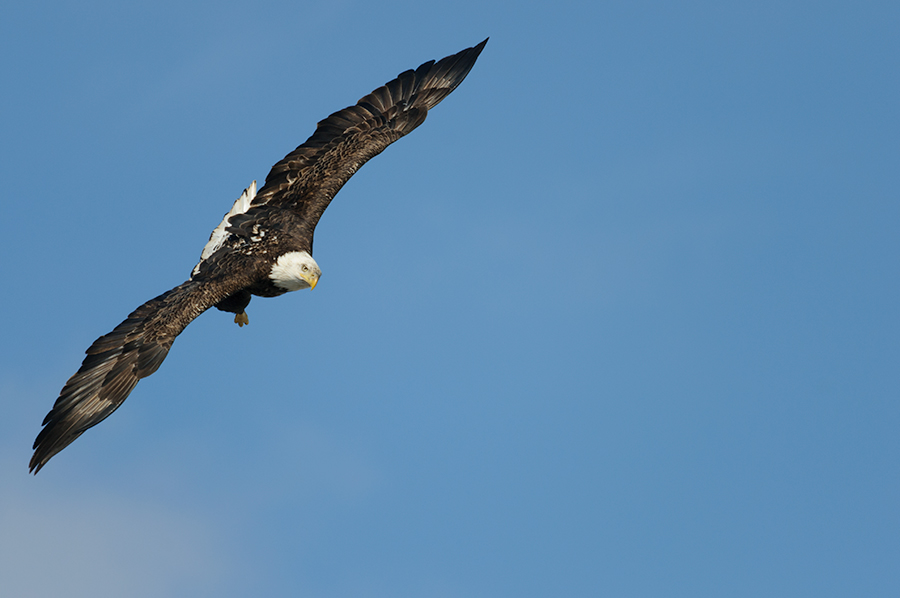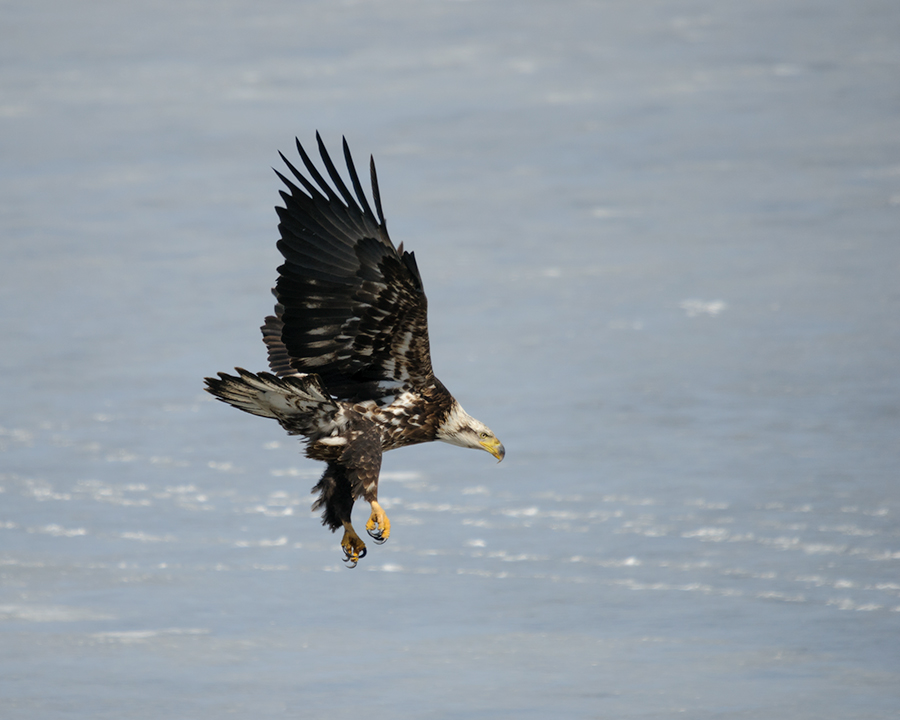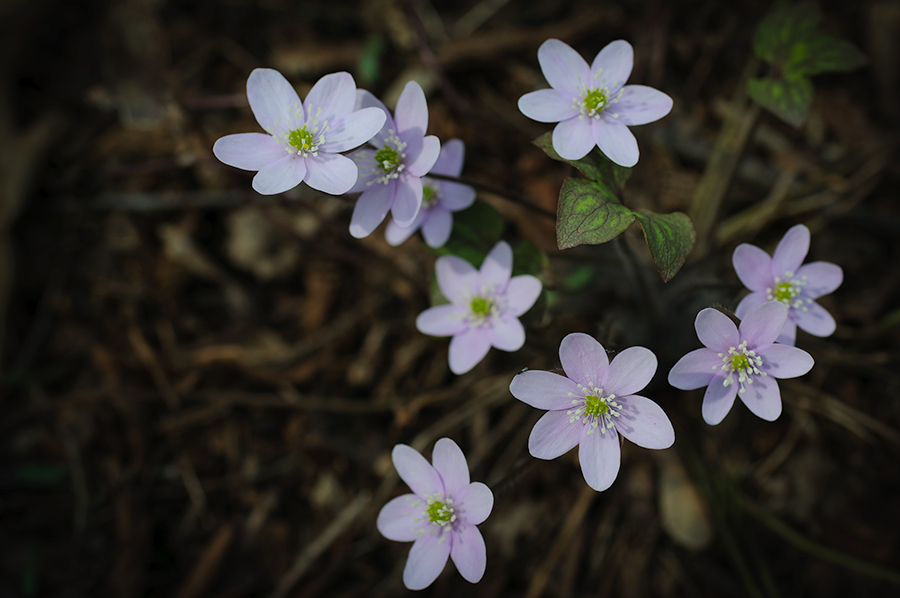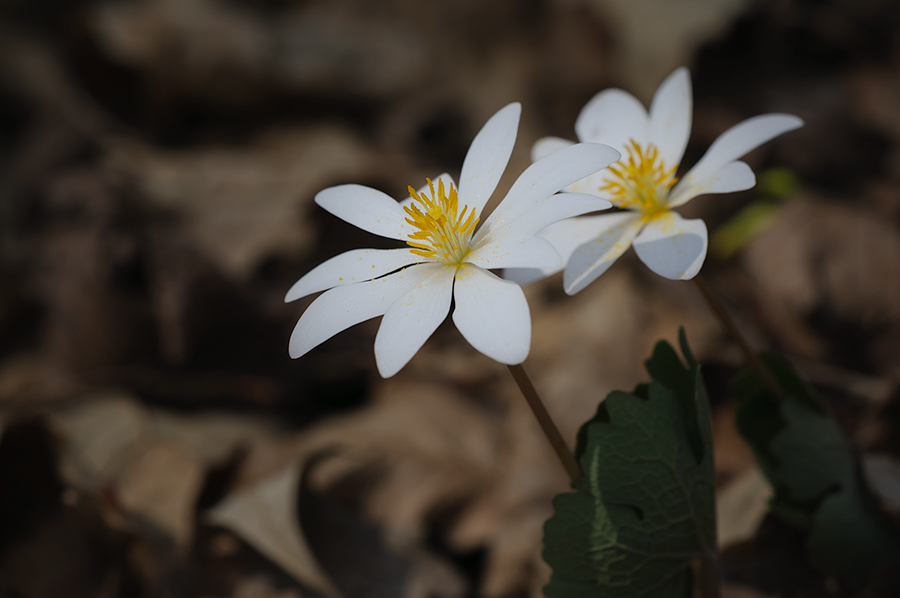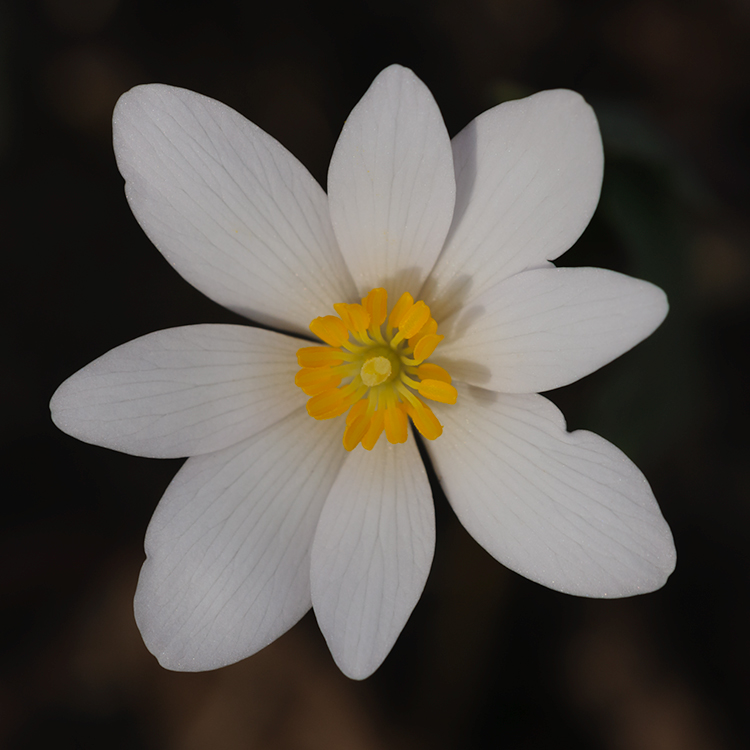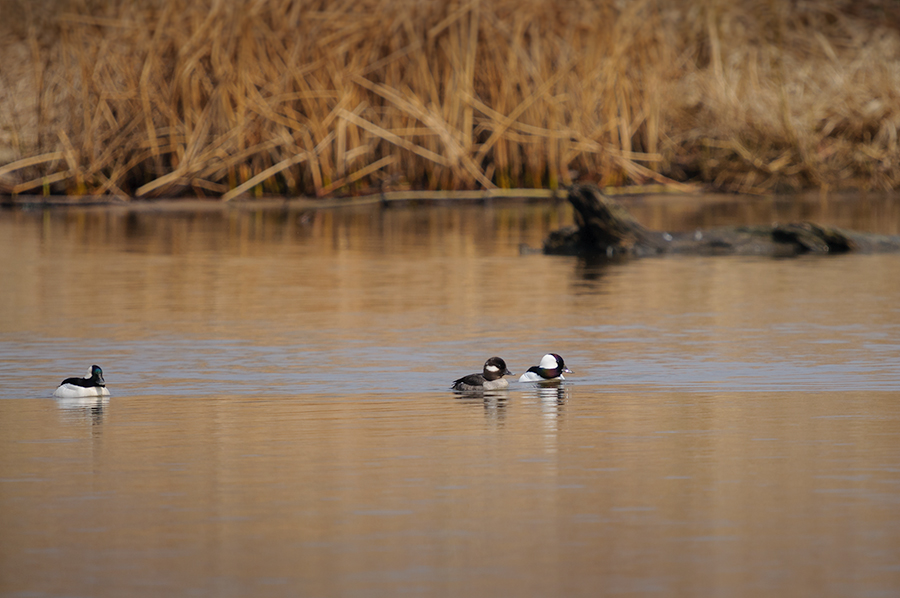
If you have a Déjà-vu while looking at this image and read these lines I can’t blame you. My Déjà-vu comes before I make the first image of the House Wren every year. It is exactly the morning after their arrival when the male House Wren starts his chatter and singing right in front of the bedroom window. I say it probably every year that this is one of the most wonderful sounds and signs of spring. I love it! As always, we hope the little guy will find a mate and we can watch them again how they raise their offspring.

